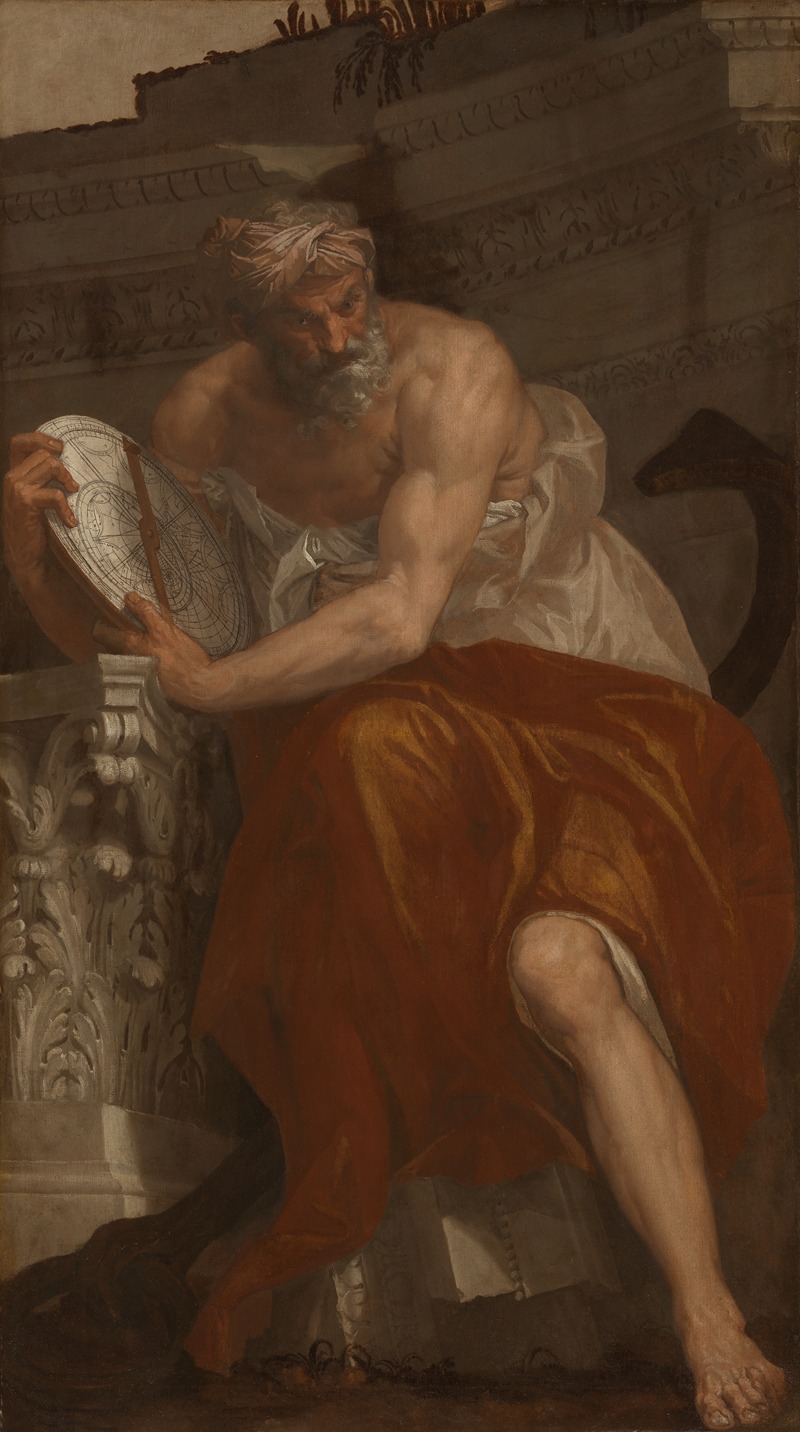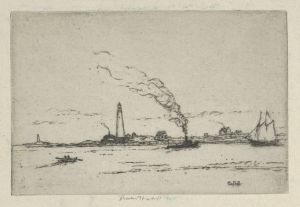
Allegory of Navigation with an Astrolabe
A hand-painted replica of Paolo Veronese’s masterpiece Allegory of Navigation with an Astrolabe, meticulously crafted by professional artists to capture the true essence of the original. Each piece is created with museum-quality canvas and rare mineral pigments, carefully painted by experienced artists with delicate brushstrokes and rich, layered colors to perfectly recreate the texture of the original artwork. Unlike machine-printed reproductions, this hand-painted version brings the painting to life, infused with the artist’s emotions and skill in every stroke. Whether for personal collection or home decoration, it instantly elevates the artistic atmosphere of any space.
Paolo Veronese's Allegory of Navigation with an Astrolabe is a painting attributed to the renowned Venetian artist of the 16th century, Paolo Veronese (1528–1588). Veronese is celebrated for his mastery of color, grand compositions, and the ability to depict allegorical and historical themes with elegance and clarity. This particular work is an allegorical representation, a genre in which Veronese excelled, blending symbolic imagery with refined artistic techniques.
The painting, created during the late Renaissance period, reflects the intellectual and cultural environment of Venice, a city deeply connected to maritime trade and exploration. The astrolabe, a central element in the composition, was a sophisticated navigational instrument used by sailors and astronomers to determine latitude and celestial positions. Its inclusion in the artwork underscores the importance of navigation and scientific advancements during the Renaissance, particularly in Venice, which was a dominant maritime power at the time.
In Allegory of Navigation with an Astrolabe, Veronese employs his characteristic use of vibrant colors, dynamic figures, and a sense of grandeur. The allegorical figures in the painting likely represent abstract concepts related to navigation, such as knowledge, discovery, or guidance. The composition demonstrates Veronese's skill in creating harmonious arrangements of figures and objects, as well as his ability to convey complex ideas through visual symbolism.
The exact date of the painting's creation is not definitively documented, but it is generally attributed to Veronese's mature period, when he was producing works for both public and private patrons. The painting is believed to have been commissioned for a specific purpose, possibly as part of a decorative scheme celebrating Venice's maritime achievements or as a tribute to the intellectual pursuits of the time.
Today, Allegory of Navigation with an Astrolabe is housed in the Musée des Beaux-Arts in Marseille, France. It remains an important example of Veronese's allegorical work and serves as a testament to the cultural and scientific advancements of the Renaissance. The painting continues to be studied and admired for its artistic and historical significance, as well as its reflection of the values and aspirations of 16th-century Venetian society.


















